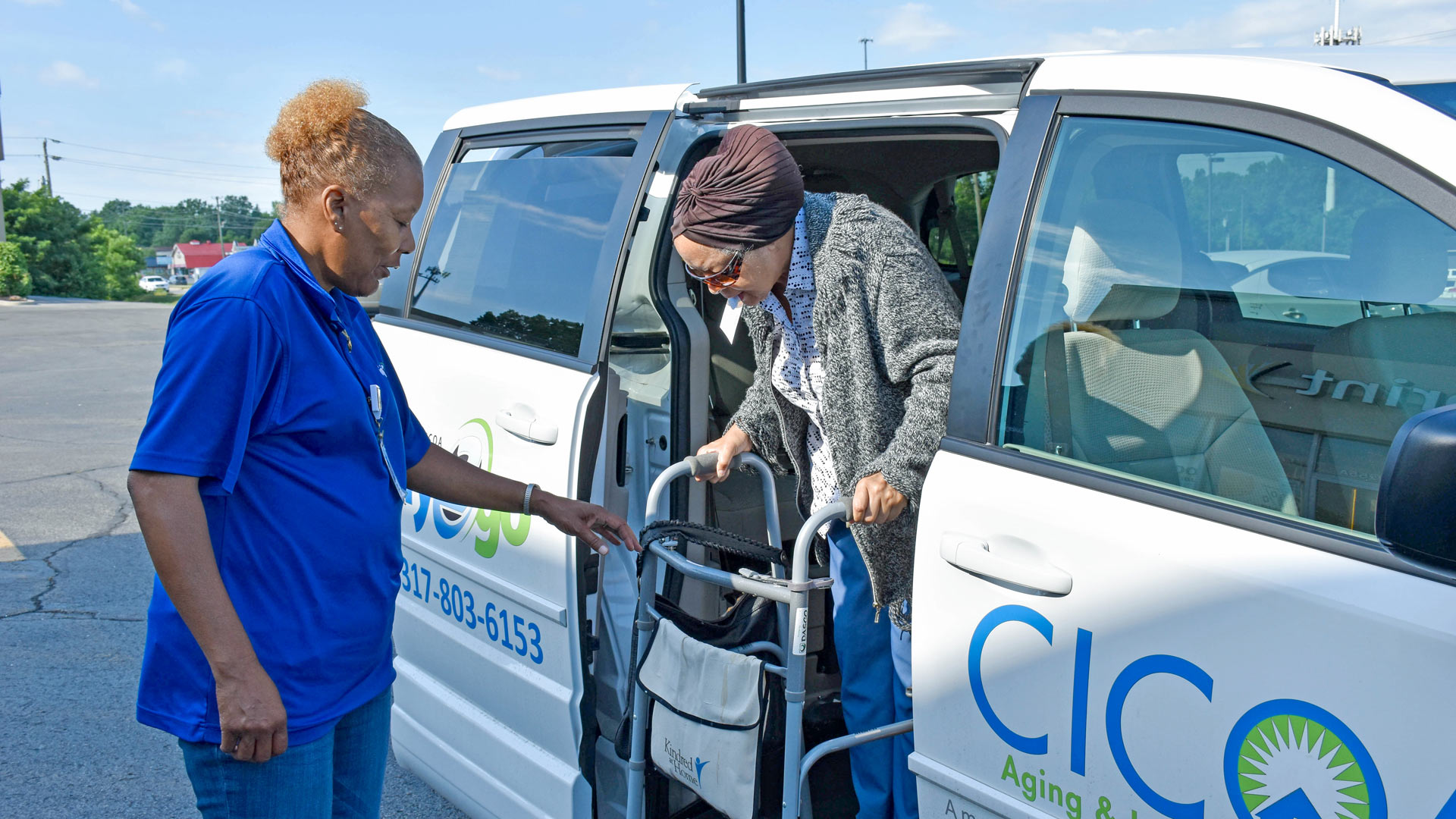The beauty of mass transit is that it offers “one size fits most” modes of transportation. But what happens if you’re not one of the “most”? Where do you turn when your transportation needs don’t align with the options provided to the “mass” of people?
For example, what if you have a disability that makes it difficult to use a bus? Or what if you live in an area that doesn’t have access to transit, or you need to get to a job that’s outside the area covered by transit? What if you simply don’t know what public transit options you have?
For these and other public transportation challenges, in Central Indiana you turn to CIRTA and Assistant Director and Mobility Manager Amanda Meyer. It’s Amanda’s job to help you fill in the gaps in your transportation network if the usual mass transit options won’t meet your needs.
Every day, Amanda helps seniors, people with disabilities, people who need to get to workplaces that public transit doesn’t access and others get to doctor’s appointments, community centers, grocery stores, jobs and more. At the simplest level, her title could be “problem solver.”
By having had a mobility manager on staff for some time, CIRTA has been ahead of the curve. While mobility managers are becoming more common, they aren’t available in every community. In fact, AARP recently referred to mobility management as a “relatively new approach” to making public transportation services available to all.
Typically funded by the federal government but administered locally or regionally, mobility management programs offer specific services that vary from place to place, but most work to take the “mass” out of mass transit by offering individualized attention and service. Often, that means connecting individuals or groups to existing services, but it also could mean working to make additional options available. Many mobility managers simply help people understand existing services and how they can put together a transportation solution that fits their specific needs. In some cases, mobility managers might even train people on how to use services.
The result is people with increased independence, more economic opportunity, greater access to public services and amenities, stronger relationship connections and a better chance to fully participate in communities.
A key role for CIRTA and its mobility management is connecting and coordinating service providers and offering connections where they might otherwise not exist. For example, CIRTA’s Workforce Connectors help people in the city get to workplaces in other counties, where IndyGo busses don’t go. County Connect offers travel options to people who need to cross county lines, and rural transit providers get people who live outside the city to the places they need to go.
Do you or someone you know have a transportation problem? Reach out to CIRTA’s transportation problem solver by calling 317-327-RIDE (7433) or info@cirta.us.


